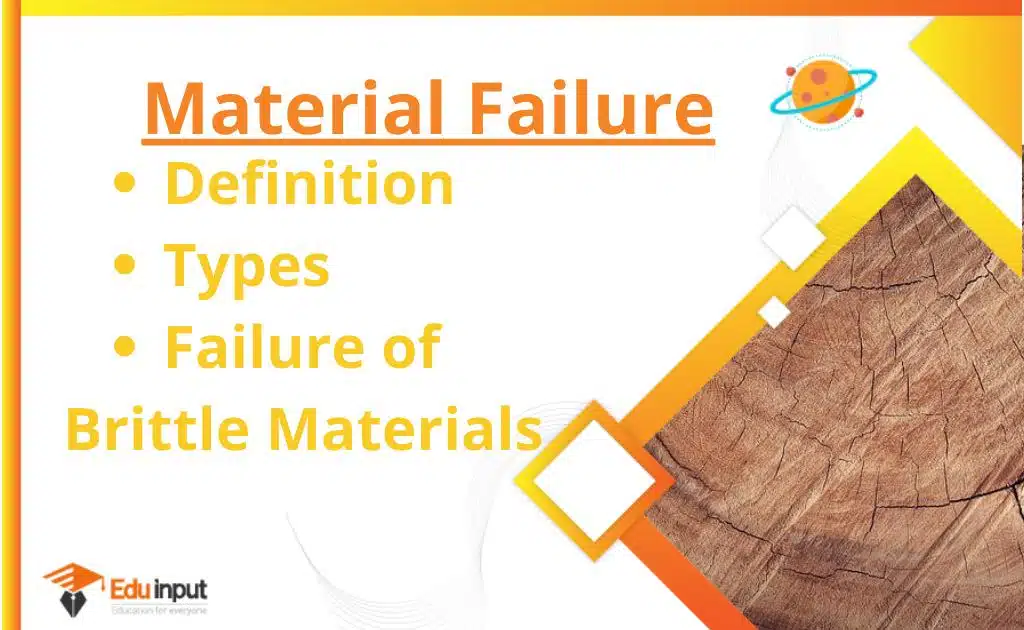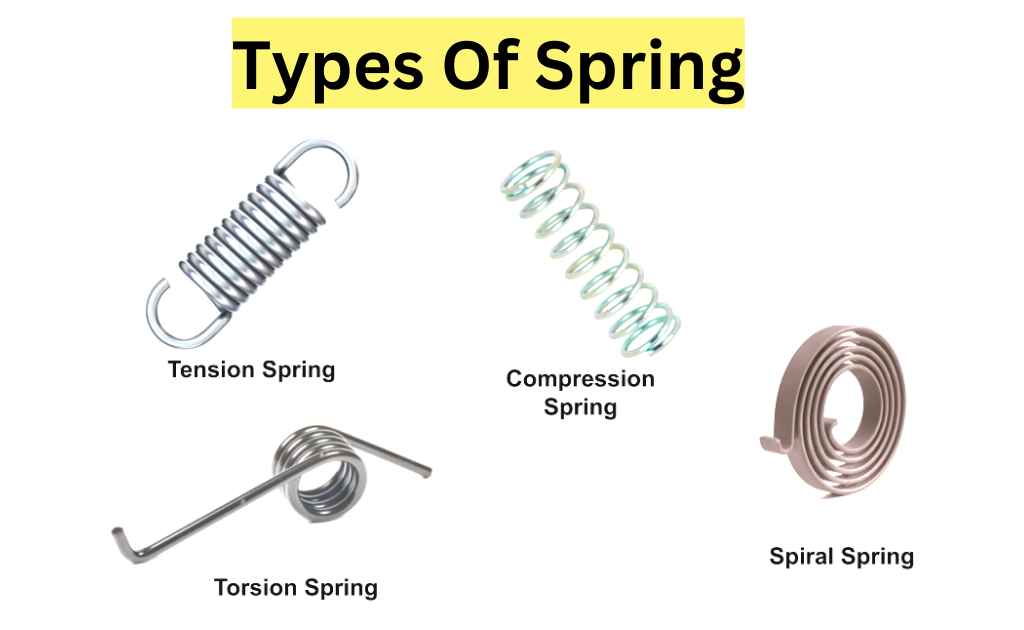Ferromagnetic Materials-Definition, Causes, And Ferromagnetism
Ferromagnetic Materials are those that have the property of being attracted to magnets. These materials are commonly used in the construction industry to make things like nails and screws stronger.
What are Ferromagnetism?
There are several different types of material magnetism distinguished in physics. Ferromagnetism is the strongest type and is responsible for the common magnetism phenomenon in magnets encountered in everyday life.
Substances weakly respond to magnetic fields with three other types of magnetism—paramagnetism, diamagnetism, and antiferromagnetism—but the forces are usually so weak that laboratories use sensitive instruments to detect them. An example of a permanent magnet that is found in most homes would be a refrigerator magnet.
This magnet is used to hold notes or pictures on the refrigerator door. The attraction between the magnet and the steel refrigerator door is what allows it to stay in place.
The ferromagnetic material is investigated by making it magnetized and demagnetized when the ferromagnetic specimen is placed inside a solenoid through which an alternating current is passed. The hysteresis loop shows the relationship between the magnetic flux density and the magnetizing field strength.
Ferromagnetic Materials
Only a few substances have ferromagnetism, which is an unusual property. The transition metals are iron, nickel, cobalt, and their alloys and rare earth metals. It is more than just the chemical makeup of a material, it is also its structure and composition of it.
Ferromagnetism results from having many unpaired electrons in their d-block in the case of iron and its relatives, or the f-block in the case of rare-earth metals, as a result of the rule of maximum The name Heusler alloys are named after the man who invented ferromagnetic metal. There are types of non-magnetic steel that are composed almost exclusively of ferromagnetic metals.
Cause of Feromagnetism
In a ferromagnetic material in the unmagnetized state, atomic dipoles in small regions called domains are aligned in the same direction. In the absence of a magnetizing field, the magnetic moments of the neighboring domains are oriented in opposite directions.
The net magnetic moment of the material is zero because it canceled out. The domains align themselves in the direction of the applied field when using an external magnetic field. The material is strongly magnetized in a direction that is parallel to the field of magnetizing.







Leave a Reply